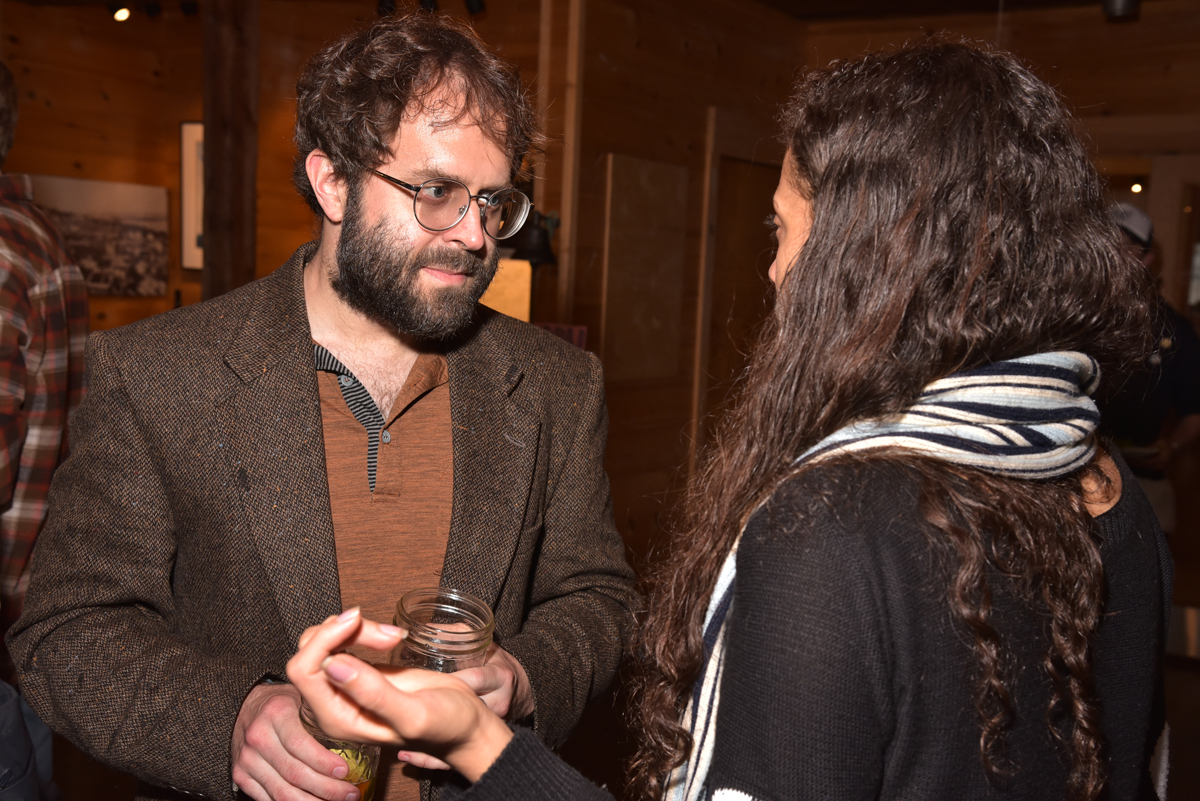Written by HICSL Executive Director, Bo Hoppin
What happens when you bring 15 young leaders from around the world for a week at the Hurricane Island Center for Science and Leadership? Well, how about big ideas for environmental sustainability and a shared understanding for humanity that transcends borders, race, and income? It is likely the most important outcome was the sharing of cultures as we all came together for raucous dance under the stars on Hurricane granite.
Hurricane Island is partnering with United People Global (UPG) to engage young sustainability leaders from around the globe to plan initiatives benefiting their home communities. The first cohort of leaders, ages 18-31 years old, arrived June 16th for the weeklong course on Hurricane. They came from Brazil, Chile, Spain, El Salvador, Singapore, Mauritius, Cameroon, Romania, and corners of the United States to learn from one another and live in our sustainable island community in Penobscot Bay. Two additional cohorts will be arriving in August and September.
I had the great fortune to spend the week with this first cohort as one of two course facilitators. I planned the course curriculum with my colleagues Theo Richardson-Gool from UPG, independent consultant Delia Clark, and our Director of Education Jenn Page. Program participants focused on creating a sustainability initiative for their home communities that addressed the United Nations 17 Sustainable Development Goals (SDGs) and UPG’s four pillars. Both documents served as guideposts for project planning where participants connected their project work to at least one SDG and one of UPG’s four pillars.
The week was rich with ideas and conversation about environmental, economic, and social issues. We used the island rowing gigs and raft building challenges to build a stronger understanding of the leadership skills needed to tackle difficult issues. The participants dug into the island’s aquatic ecosystems to more fully connect nature’s ebbs and flows as it works toward equilibrium. Our aquaculture work served as a model for how we can develop resilient technologies to both restore ecosystems and create diverse economic models for those in the fishing industry. We applied the island’s expansive capacity for hands-on immersion in sustainable systems to each participant’s sustainability initiative for their home community.
The initiatives these young leaders came up with include reducing food waste, addressing women’s reproductive health, reducing urban reliance on cars, providing ocean-based environmental education, developing trainings to positively address sustainability and climate change, initiating residential composting programs, and building a database connecting high schools students to internships and jobs.
The week culminated with presentations by each course participant. The high stakes audience included island staff, other course participants, visiting adult leaders from our local communities, and Maine’s Governor Janet Mills. The celebratory atmosphere and follow up questions validated the work of each participant while providing them an opportunity to practice their “pitch” before returning home.
My personal epiphany came with our opening activity. We asked participants to share stories about people who have been very influential in their lives. It was a moving opening as we all learned about people who sent us on these collective journeys. Later that evening Theo commented to me, “You know, it is remarkable. We come from all corners of the world and we all have the same individuals that have made us who we are. Our grandparents, parents, teachers, and friends are who inspire us.” The blaring headlines coerce us toward placing other nations and cultures as competitive foes. Our collective humanity has shared dreams, aspirations, and mentors who motivate each of us to make our communities strong.
This Sustainability Leadership Initiative, run in partnership with United People Global, is Hurricane’s opportunity to bring the world together to dance on a small island in Penobscot Bay for a bright and positive future. We are so grateful.



















































